Cottage gardens are now a romantic version of the idyllic countryside. If in the past, rural gardens were only used to provide food and medicine, as they developed, many other design elements were added, for example ornamental plants, ornaments, old furniture and antique decorations which have their own charm. Today, the traditional cottage garden is a space so cosy that it looks very natural, with plants and flowers that are not elegant or polished and planted freely here and there.
Take a journey through the charm of a unique cottage garden, where every corner is filled with beautiful flowers. This timeless gardening style celebrates the harmonious blend of traditional flowers, aromatic herbs, and edible plants, creating a carpet of color and scent that captivates every sense. In this post, we will explore some country garden style ideas that will inspire you to transform your outdoor space into the perfect retreat.
No matter how small your outdoor space is, these ideas will help you to create your own little slice of rural heaven!
Cottage garden features
The first thing you need to know about cottage gardens is that they are irregular, free-form, and cover the ground in an unstructured way. There are no carefully manicured lawns, borders, elegant garden beds and strict color schemes, just boxes of flowers planted close together and greenery of various colors. Furthermore, you can mix weathered and rough materials, vintage details, heirloom plants to create a kaleidoscope of colors and textures from interwoven flowers and foliage.
Creating a cottage garden
Cottage gardens are easy to make and affordable because you can grow many plants from seed or plant many varieties at once. Because it’s a natural planting style, you can let the self-seeding spread and leave only what you like. Use recycled and natural materials for hard landscaping, or recycled goods for your garden features. Remember that there are no rules, and you can do whatever you want to make your space your own.
Natural planting
To give your garden a natural, cottage-like feel, plants need to be left to grow on their own. Plan the position of your large permanent plants, so trees, roses and shrubs, first. Smaller flowers will be placed in the surrounding space to fill in the gaps. Another idea is to choose hardy, high-performing plants such as non-hybridised flowers that are attractive to pollinators. Plan flower arrangements to maintain the dense planting effect throughout the year.
Beautify with garden accessories
Once you are sure that everything is as expected, finally decorate the garden with various ornaments and accessories. For example, a rustic bird pond, sundial, or chair, adds focus among all the flowers, helping to break up the intensity of the planting and providing a place to rest the eyes. Try to choose furniture or accessories from recycled materials and only old items to make your garden look more relaxed. Get inspired!

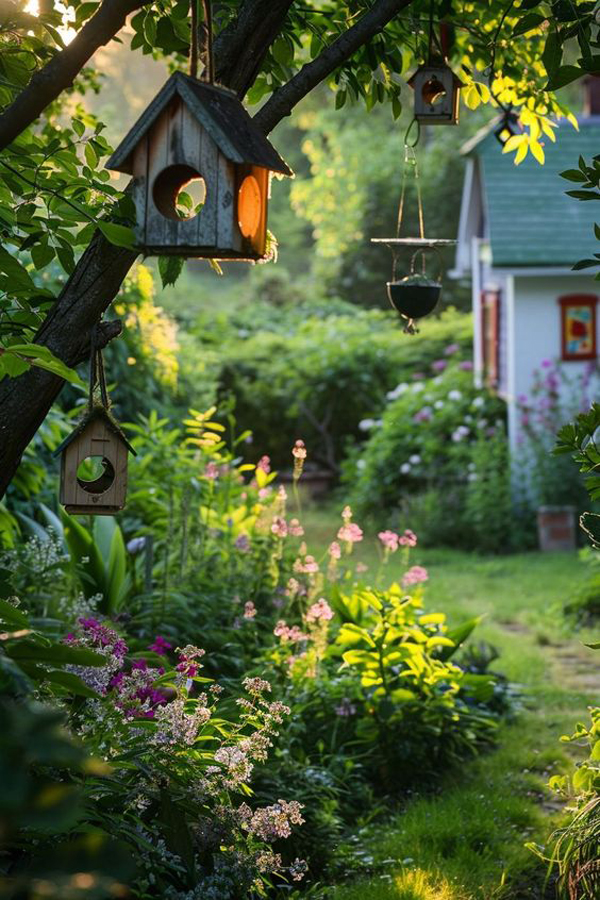
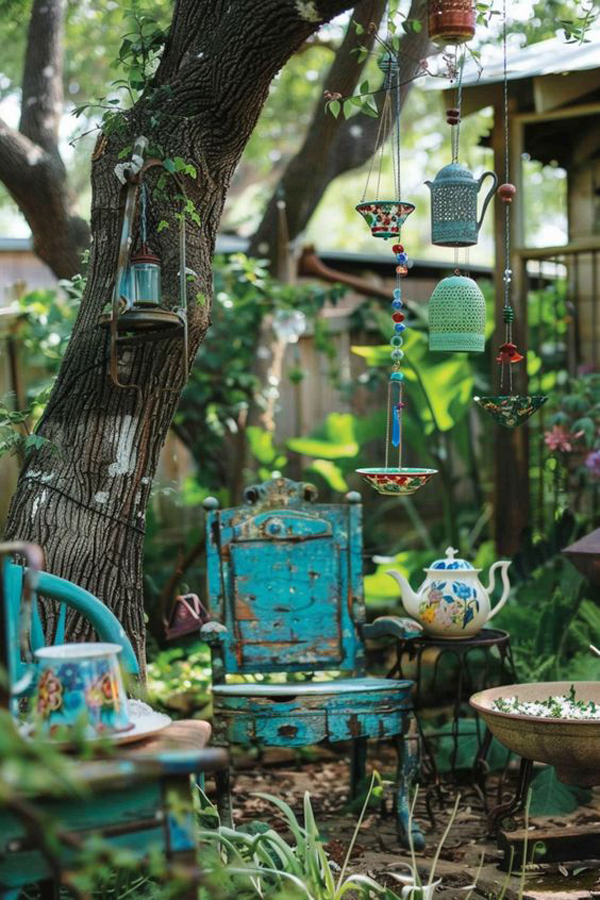

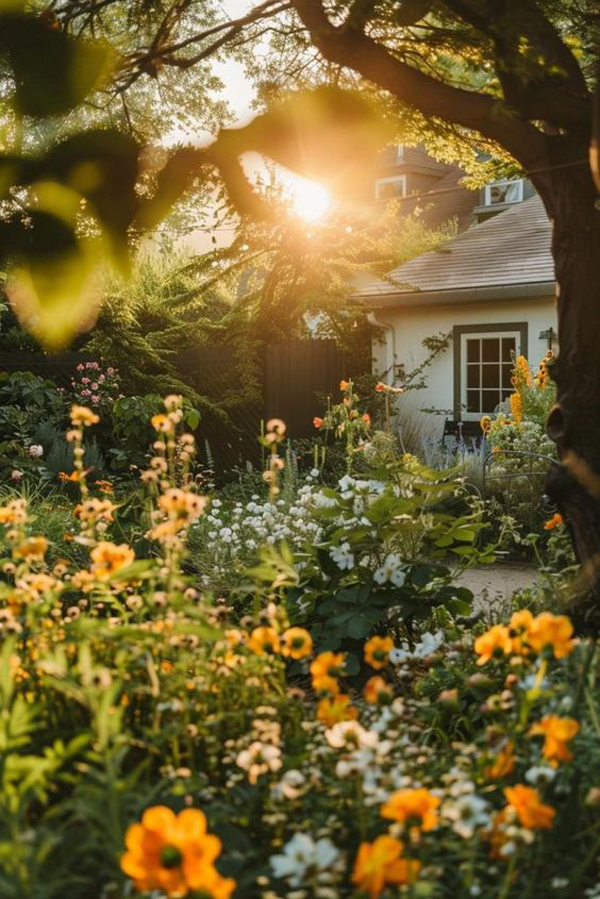

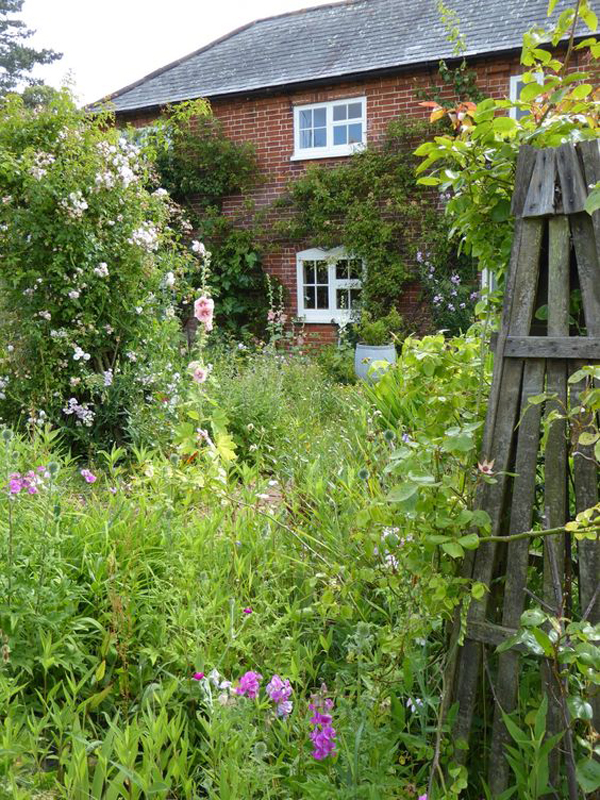
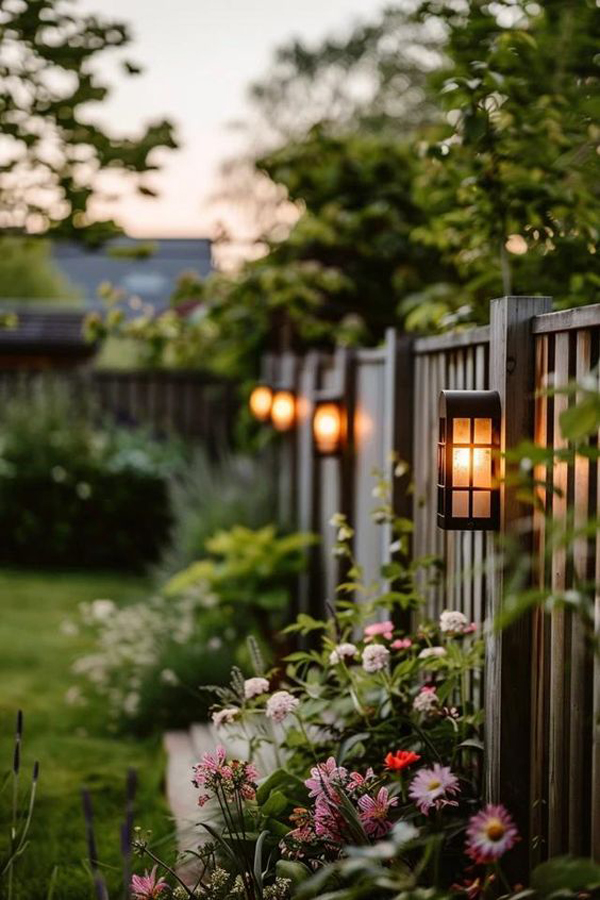
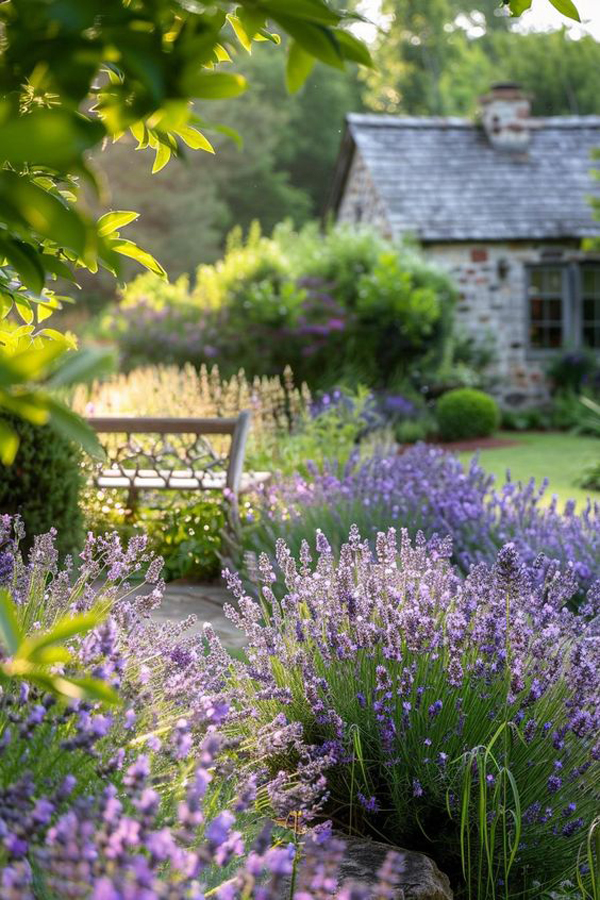
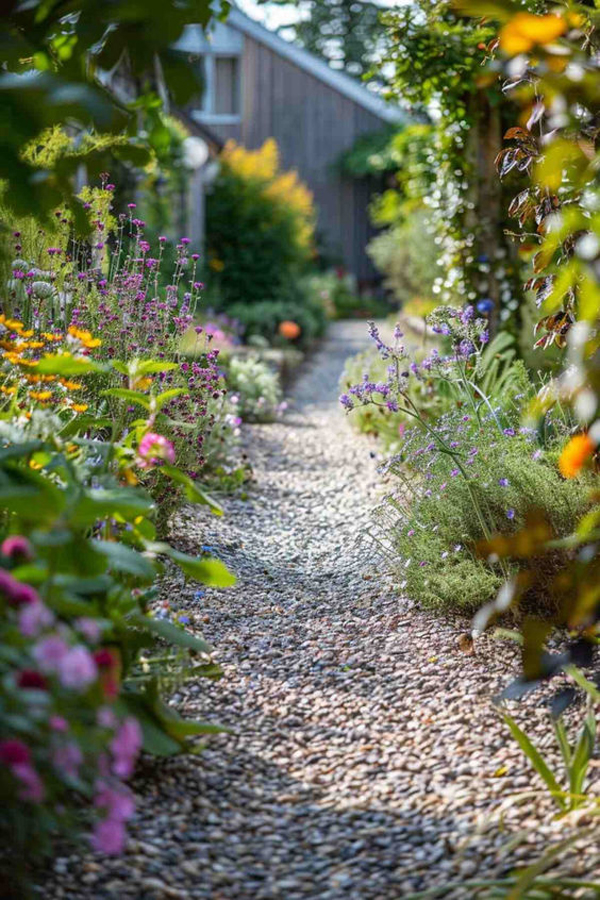

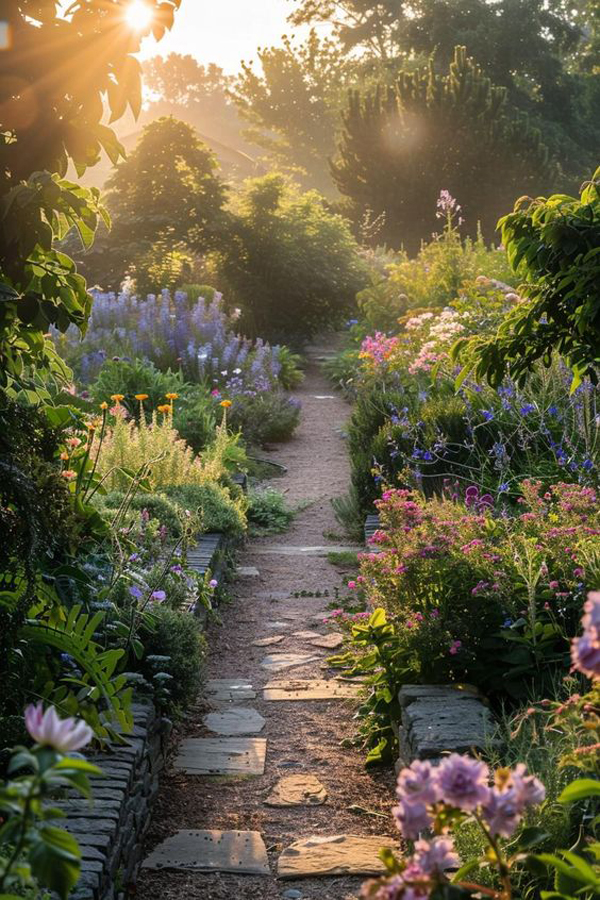
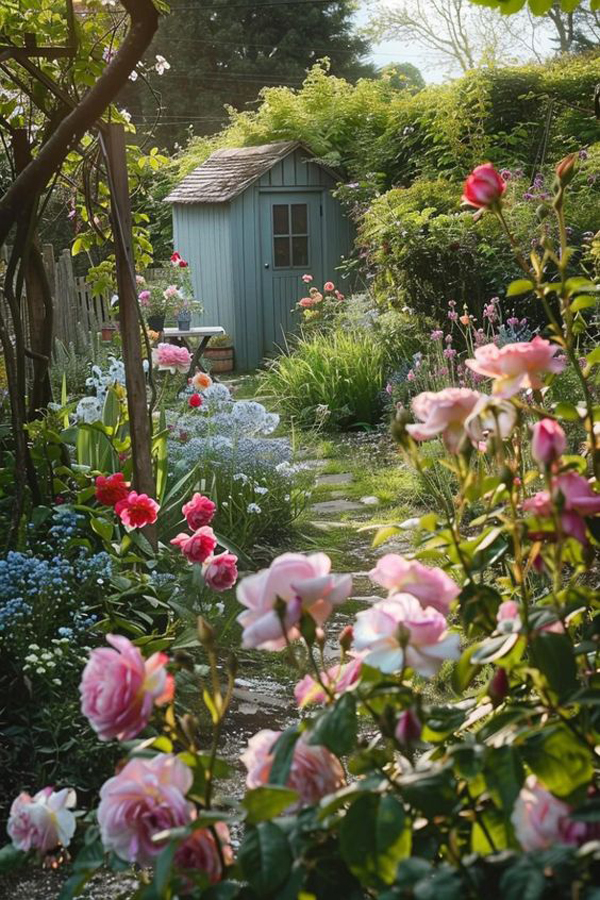
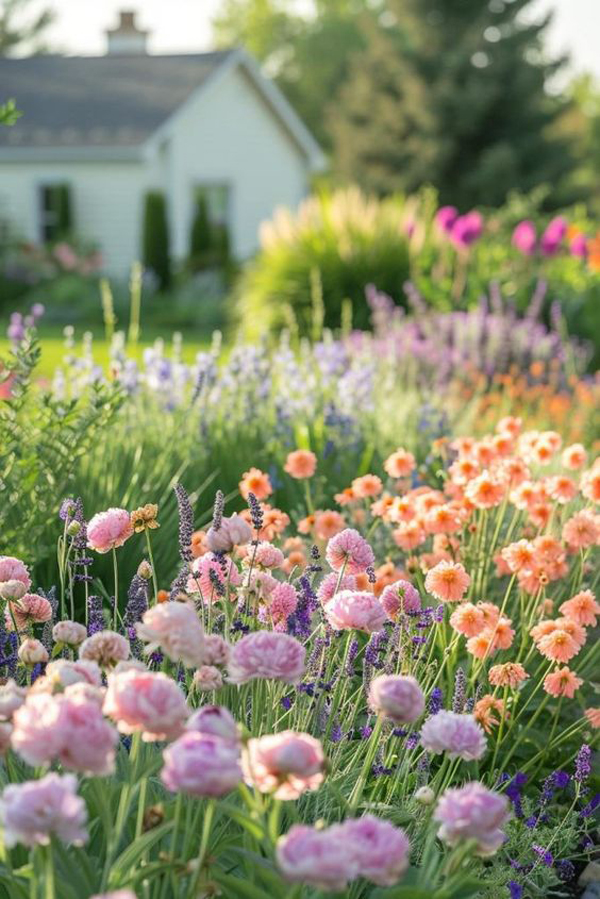

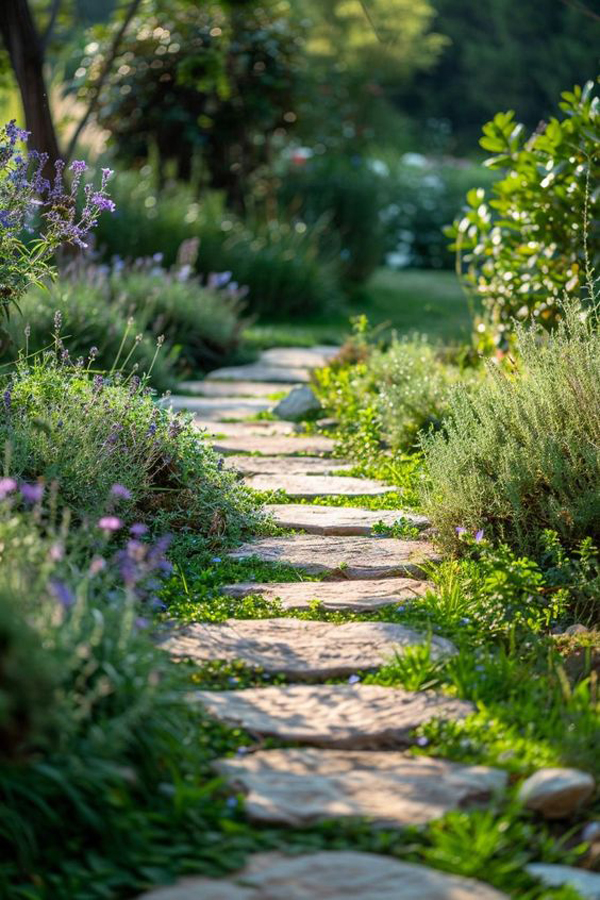
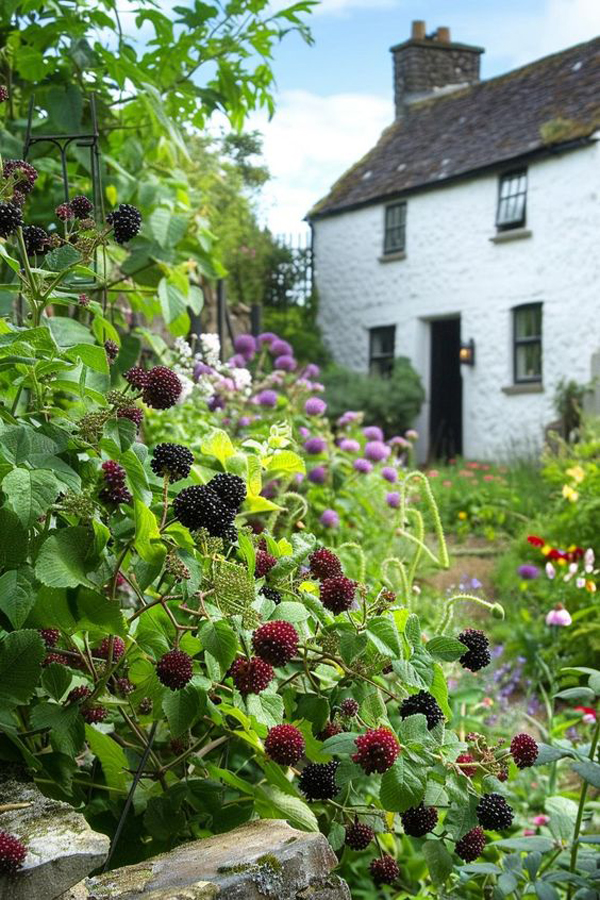

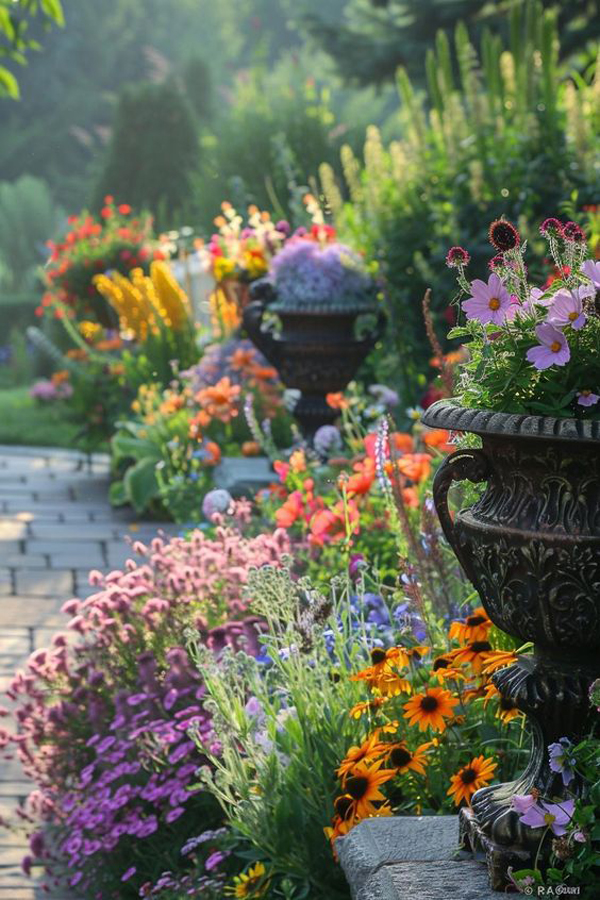
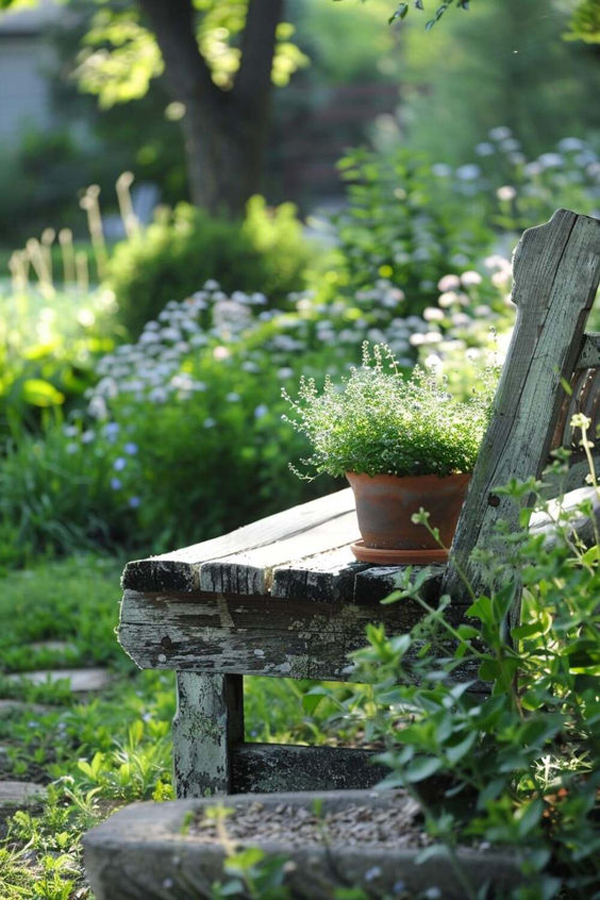
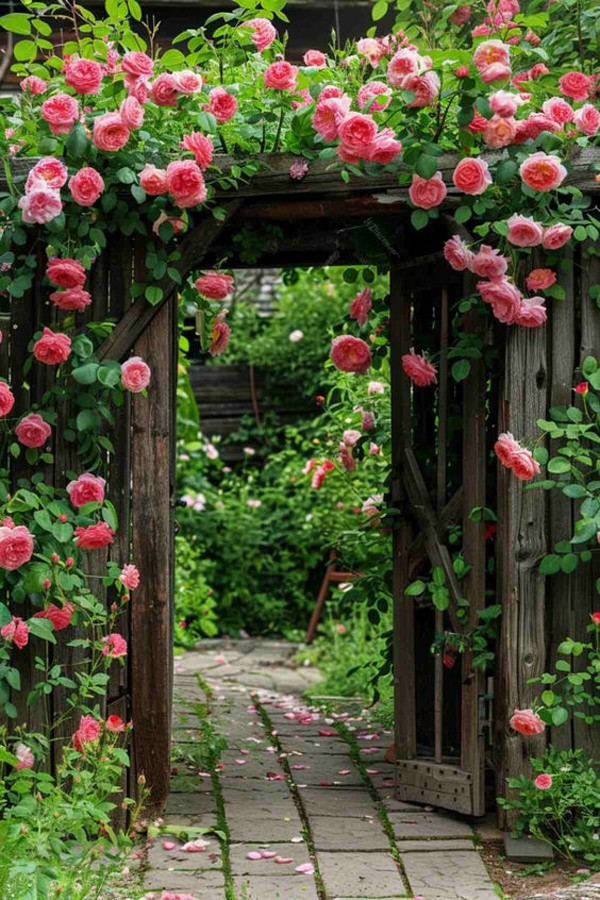
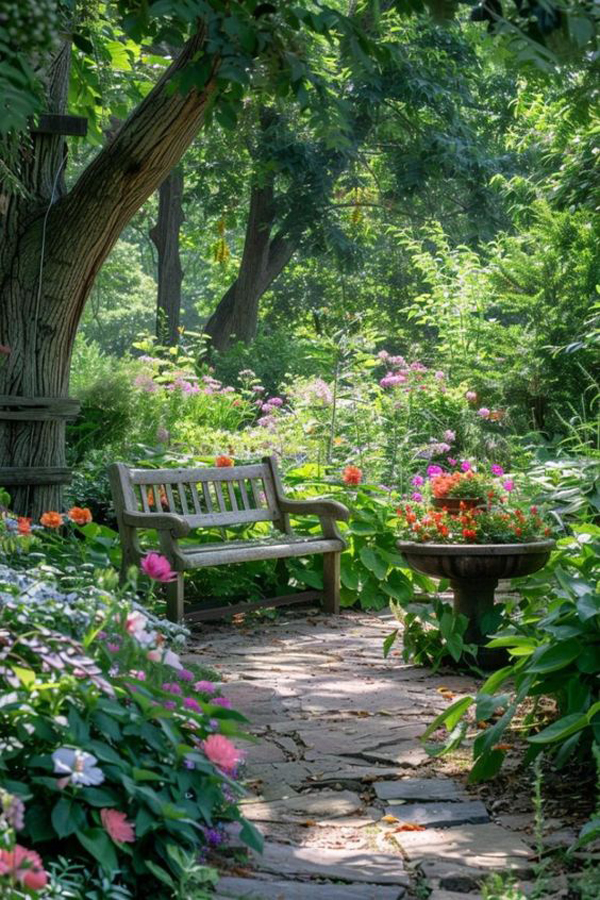
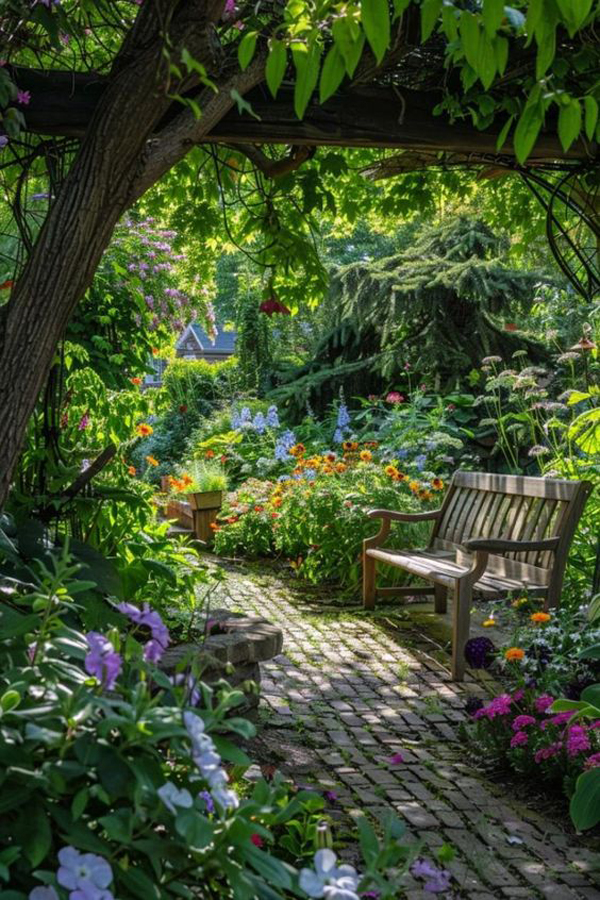


Reply